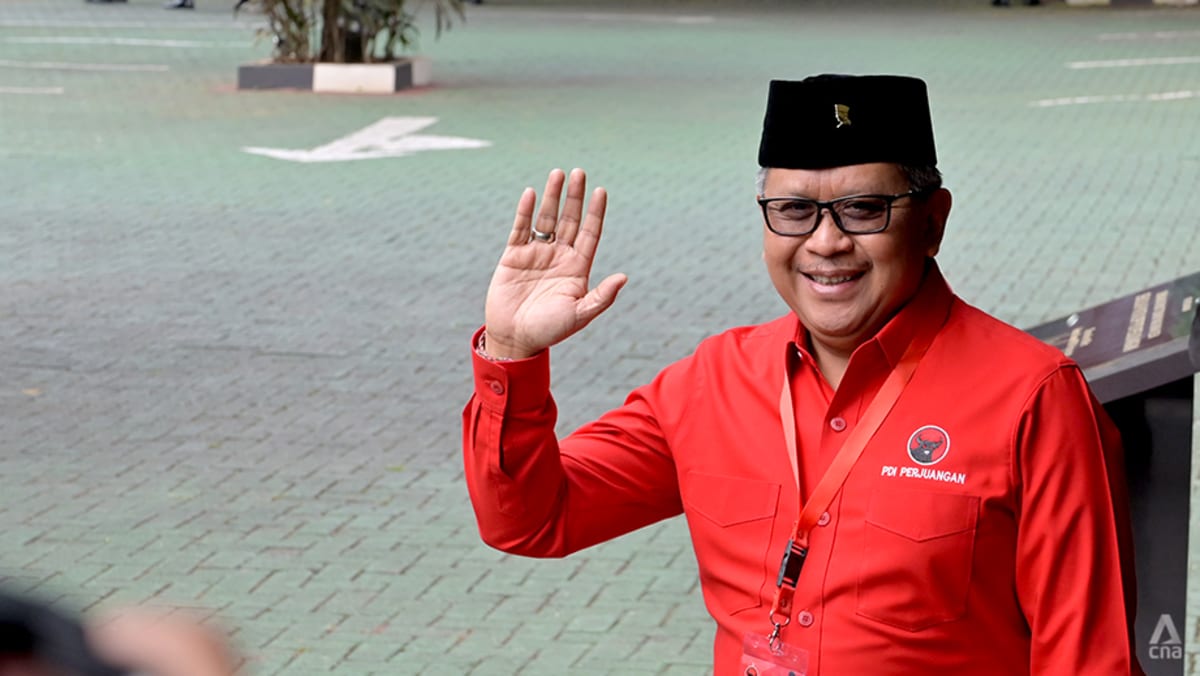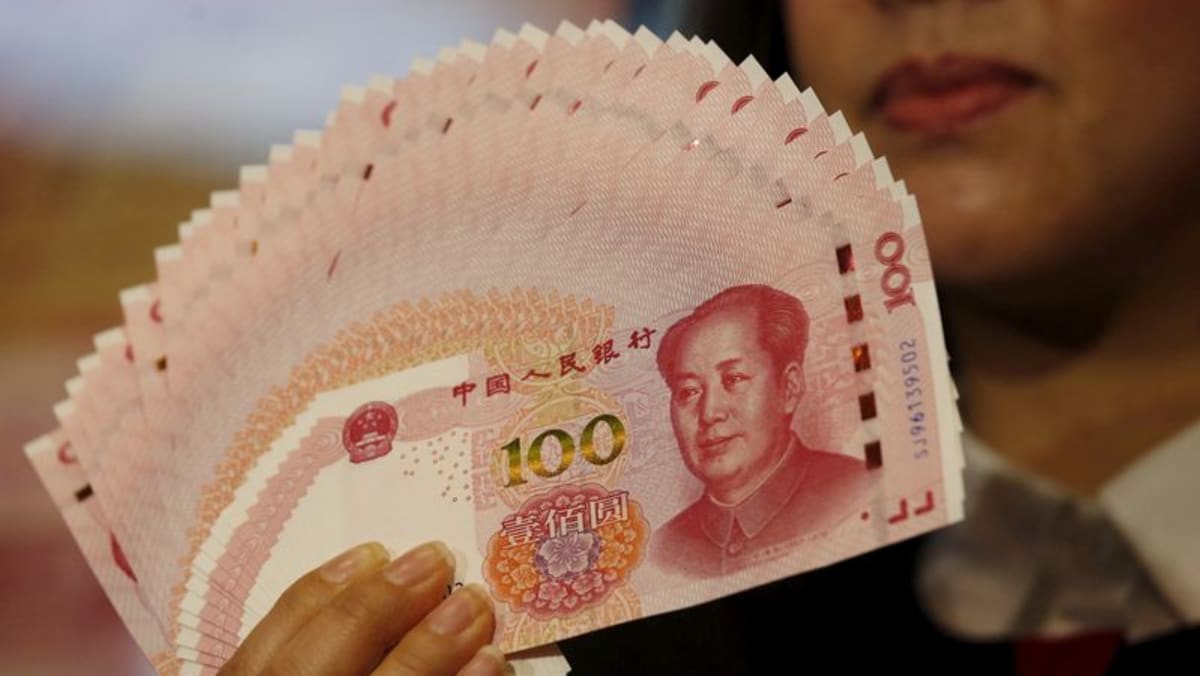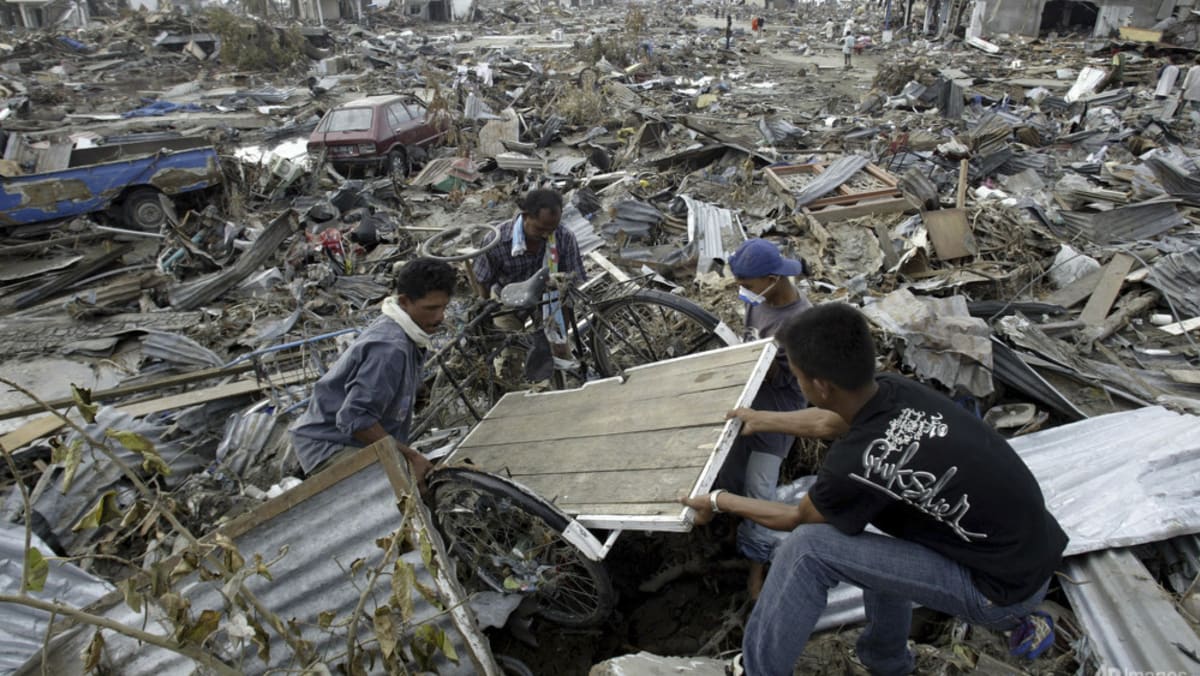As Japan’s tourism rebounds, Tokyo’s Haneda Airport turns to automation to decrease reliance on manpower

BOOST FOR JAPANESE ECONOMY
The return of foreign visitors is a much-needed boost for the Japanese economy, which has seen domestic spending, a traditional growth engine, stagnating.
Chief economist at UBS Securities Japan Masamichi Adachi noted that domestic demand, consumption and capital expenditure contracted again in the third quarter of this year.
“In real GDP (gross domestic product), it grew 1.2 per cent in Q3. Inbound tourism contributed 0.7 per cent of that. I can say the only theme in the Japanese economy now is tourism. Inbound tourism. Not domestic demand,” he said.
Amid the boom, the country’s largest and busiest airport, Tokyo’s Haneda Airport, is taking steps to get itself ready for further growth with the use of technology.
The number of international flights landing in Haneda was 17.5 per cent more this October than in the same month in 2019 before the pandemic, according to flight data released by Official Airline Guide.
FUTURE-PROOFING HANEDA AIRPORT
Haneda Airport recently launched a new facility, where it has been testing out various initiatives aimed at future-proofing its operations, given Japan’s shrinking labour force and ageing population.
From deploying robot chefs to 3D-printed sushi and driverless vehicles, the hope is that the airport may eventually not need more manpower to handle the growing number of visitors.
General manager of Haneda Future Development Atsushi Kato said: “For autonomous driving, we aim to achieve level four (of the self-driving system). We are expected to gain approval to operate at this high level. A driverless bus will run between airport terminals, 24 hours (a day).”
There are also hopes to improve tourist numbers further.
Source: CNA















